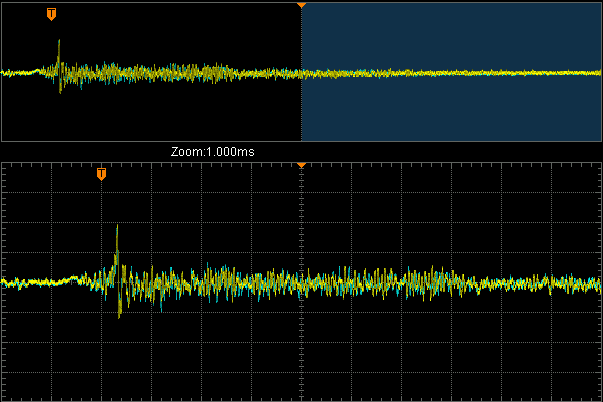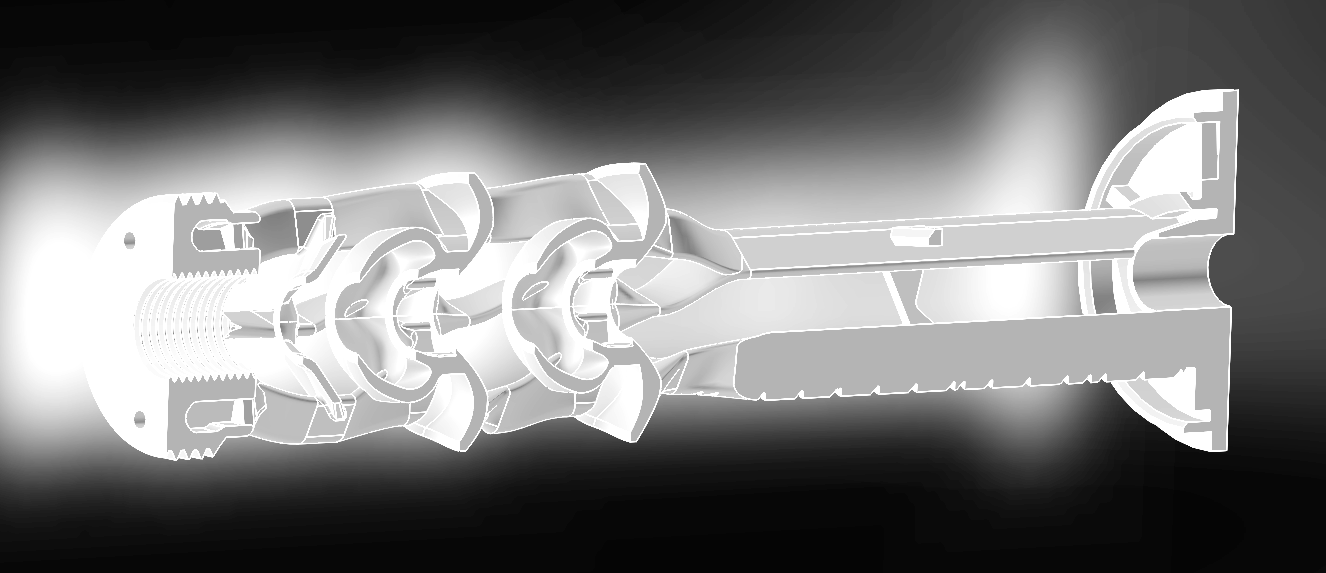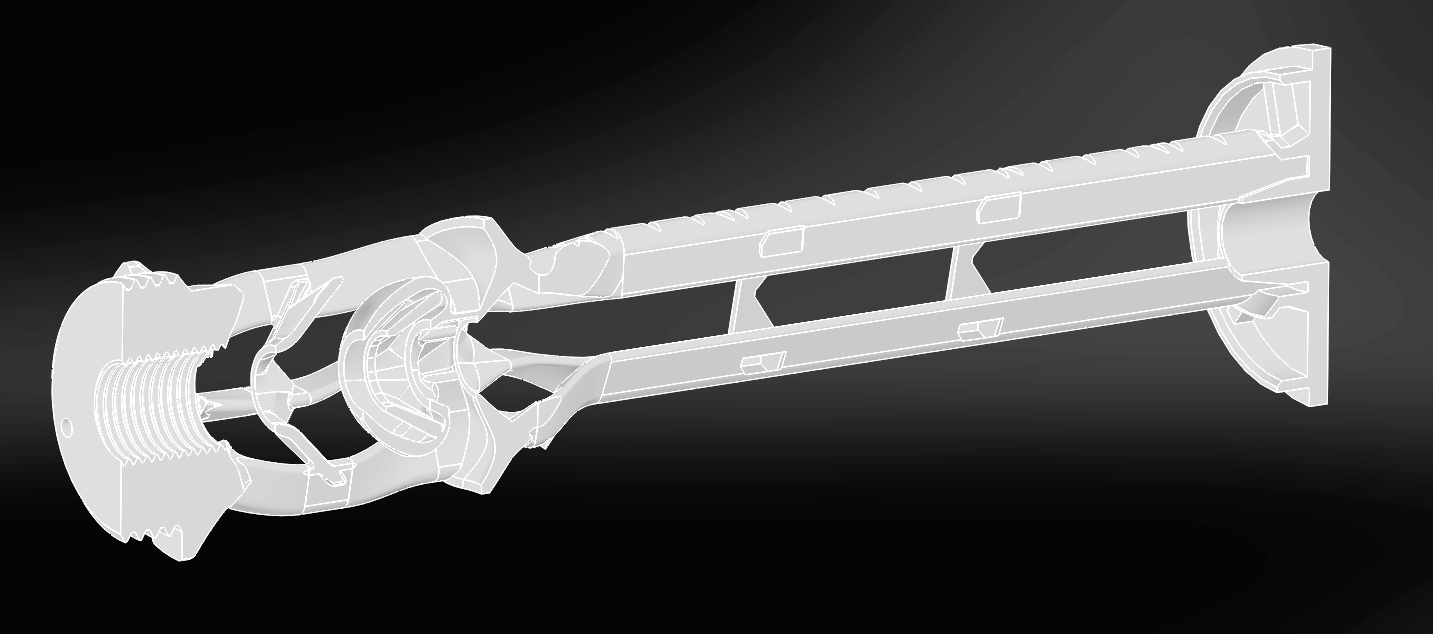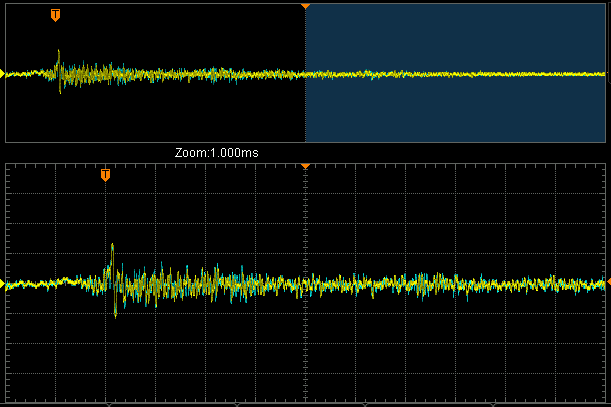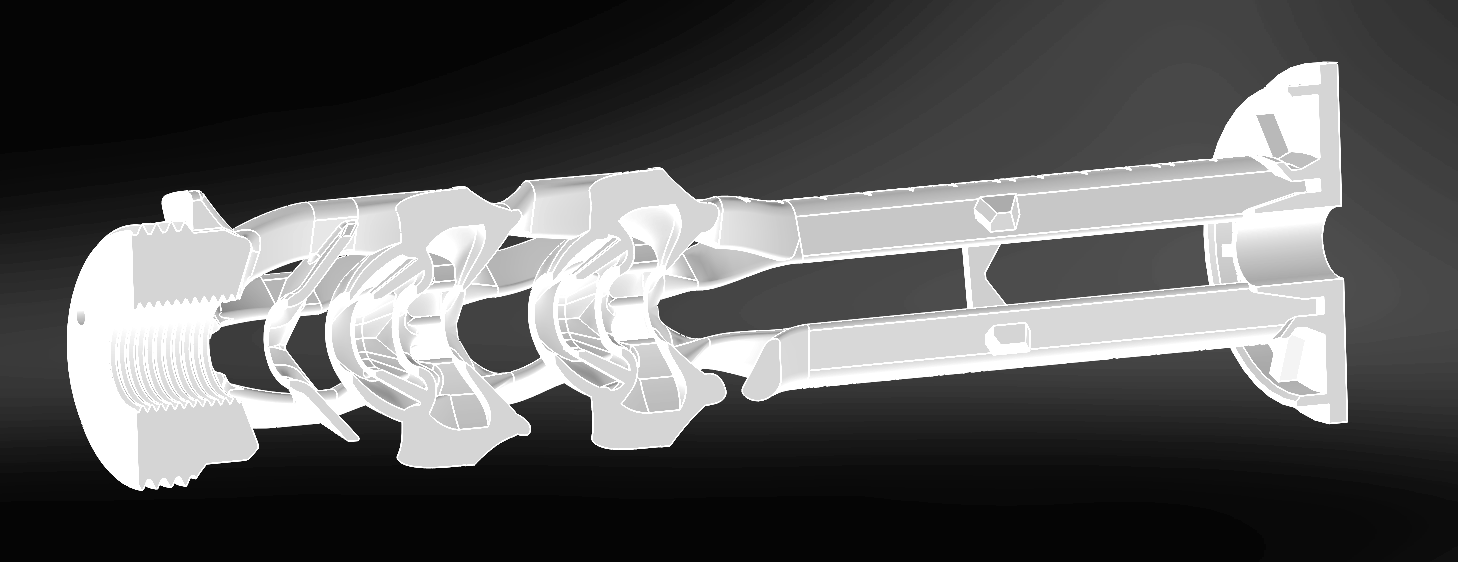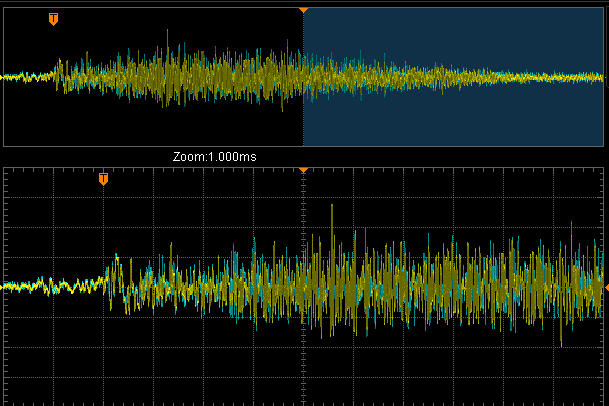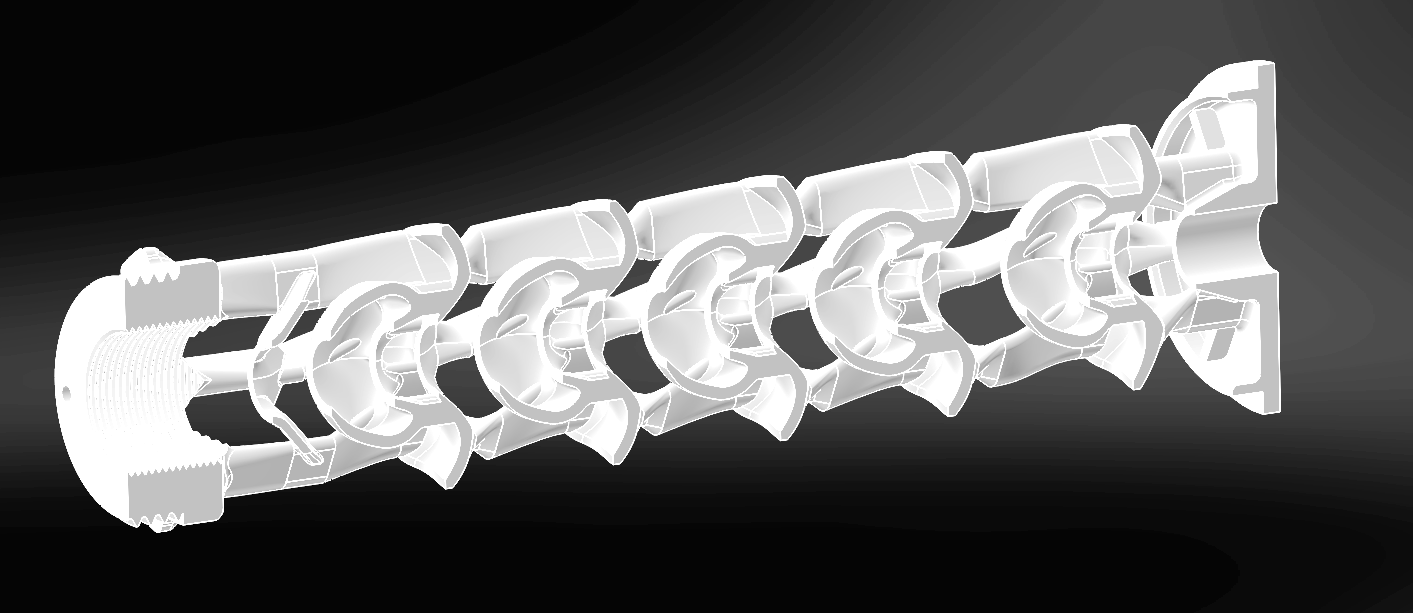Airgun Moderator Design, Performance, and Development - Summary of 3 new moderator designs (part 14)
Silent Thunder Ordnance
Catch the previous episode HERE.
I've been quietly beavering away on a moderator project all this time, a project which ultimately was a failure. The idea was to create a truly modular airgun moderator where, instead of just stacking otherwise identical sections where all you are choosing is how loud/quiet and long/short you want your moderator to be, you actually change different modules to tune your moderator to your gun. And this is in line with my research on regular non-modular moderators where I determined that different rifles want different ratios of flow delaying and sound absorbing in a given size envelope. My idea was that this could speed up my research because, if I wanted to try a new configuration, I could make a new module and JUST a new module keeping everything else identical. Unfortunately, ultimately, this whole thing was a failure. The first problem was that each module was a bigger pain in the butt to make than a whole mod, so it didn't actually save any time or effort. And as for the design itself, it worked, but not well enough as the connections between sections took up too much length and volume and weight. So, ultimately, I learned a lot but had to abandon it.
This all got me thinking though: why did I start this in the first place? It was because I wanted to shrink the length and weight of the junk I hung on the end of my barrel. So, I struck out in that direction. In this series of tests I was primarily working on two things: 1) making a MUCH smaller mod and 2) making a more versatile mod.
So the interesting thing I learned working on the Mus was that gas diodes actually need to be tuned to a flow and air volume in order to work effectively. Otherwise they act more like a flat baffle. How can I improve on this? Before I used compound gas diodes, a quasi diode inside a full diode. This was about the limit of how small I could make something given the tube diameter constraints. But what if I moved up to a slightly larger tube, one small enough I'd avoid at least some of the large-tube-diameter issues encountered by large OD moderators, but large enough I could fit a gas diode inside a gas diode? So I thought I'd move up to a 40mmOD tube with the same 170mm overall length and see what I could manage. I've nicknamed this size the Gladius.
Non-compound Gladius Crown .22 – 81.67
SD Gladius Crown .22 – 61.00
DD Gladius Crown .22 – 65.00
So the above three are all on my .22 Crown, same as always. The non-compound Gladius is basically just a scaled up gas diode, and clearly is not as effective. (this is not surprising) The SD and DD Gladius designs are about equal in terms of performance both with each other and are almost as good as a Pilum. Given the tube OD increase, I'll call that a win, as the point was to “prove” the DD Gladius could be effective on the .22 Crown. But the other point was to make a more versatile design, so what about the DD Gladius on the .30 Crown?
DD Gladius Crown .30 – 77.67
So there was a weird outlier on one of these shots. Keep in mind that each test is sampled by TWO pickups simultaenously, and so when the wind or some other unknown factor on rare occasion throws a weird spike, it can be discarded. Without the outlier removed the average was still a respectable 84.25. So this is a win, in a big way. Keep in mind the Mus averages 82 and 79 for the .22 and .30 Crowns respectively. And the post-peak sound is good on both tests as well. This makes the Gladius an improvement over the Mus across the board. The one area I'm a little iffy about is the post-peak sound, as the Gladius looks comparable to the Mus but despite tinkering with RMS I just don't have a good way to quantify it. It sure sounds good to the ear as well though.
So the Gladius is big, smaller than the Mus, but still quite big. And I wanted small. I started with the Levitas, and promptly rushed to size in a pursuit of ultimate silence. What about going in the opposite direction? After all, most people are willing to pay a serious price in terms of mechanical complexity and dollar cost to cut 6” off the length of their gun by running a bullpup. What good is all of that if you then stick a stonking great mod on the front to quiet it down? So in pursuit of tiny I wanted to see just how small I could go. Remember the TKO was basically a cigar in size and performed quite admirably. So I made a mod the size of a fat tube of chapstick, that weighs 20 grams, and in the spirit of the Levitas I named it the Brevitas. I'm not kidding about the size:
I would have made it skinnier too, but that is the OD of the Crown shroud and any skinnier would have just looked goofy. You might be asking how well such a teeny tiny mod could perform?
Brevitas Crown .22 – 185
Brevitas Crown .30 – 640
Keep in mind that, with the shroud retracted, the Crown .30 meters at 733. Put another way, this more effective than extending the Crown's factory shroud, while being less than half the length. It sounds a little “whooshy,” kind of like a hollywood suppressor actually. This was just a crazy idea, and there is some tweaking I need to do to it. There are also some alternate configurations I want to test. I had no idea if this would work in any way shape or form, but I'm cautiously optimistic about the results of this test. I did cheat though and make the bores a little too tight relative to the projectile, so these numbers may creep up as I enlarge the bores and hopefully go back down as I test other improvements. All in all though, I think this is really cool and really unique. I'm not aware of any mod out there anywhere close to this tiny.
Finally, a gentleman has very kindly loaned me his AAA Slayer to build a mod for. The name is apt: is has a tendency to slay moderators.... particularly in interesting and unexpected ways. You'd expect it to just blow up tubes, and it hasn't done that a single time yet. Instead it has caused all manner of other interesting problems. I've been beavering away at this for some time now, but never had anything worthwhile to show for it until this most recent test.
Slayer .308 ~200 FPE – 608.5
So there are a lot of interesting things about the Slayer, too much to go into here. But one of them is that the tube ping is incredibly loud. You probably saw my previous post on the subject, and that peak is actually from tube ping not the uncorking event. Cool huh? I'm going to continue ruggedizing this moderator design, so this is not a final version, but so long as I'm at or below the air tube ping I'm happy. Unsurprisingly, this mod is all air-handling, there is no room for anything else. I'm doing it in a Gladius size tube to fit the general requirements of the rifle (like accessing the gauge) as the Mus is simply too large.
This was just a quick summary of whats cool I've been working on. Honestly there is just too much to write it all up, but I hope this was an interesting albeit long overdue update.
